Description
MMDA, 5-methoxy-MDA, 5-MeO-MDA
Product information
IUPAC-name 1-(7-Methoxy-1,3-benzodioxol-5-yl)propan-2-amine
Synonyms MMDA, 3-MeO MDA, 3-methoxy MDA, 5-methoxy-MDA, 3-methoxy-4,5-methylenedioxyamphetamine
Formal name 7-methoxy-a-methyl-1,3-benzodioxole-5-ethanamine, monohydrochloride
Cas number 13674-05-0, 60676-84-8 HCI
Formula C11H15NO3, C11H15NO3 • HCl
Molar Mass 209.245 g·mol−1
Purity 98.0 % min.
Formulation Powder, Solid, Crystals
Solubility
- DMF: 0.5 mg/ml
- DMSO: 5 mg/ml
- Methanol: 5 mg/ml
- PBS (pH 7.2): 10 mg/ml
MMDA, 3-MeO MDA, 3-methoxy MDA, 5-methoxy-MDA, 3-methoxy-4,5-methylenedioxyamphetamine
MMDA is a derivative of the amphetamines MDMA and LSD. It is an entactogen drug and is similar to lophophine.
MMDA is a derivative of 3,4-MDA that has a methoxy moiety at the 3 position. It is capable of promoting the release of monoamines from synaptosomes. 3,4-MDA is a amphetamine that acts as a 5-HT2A receptor agonist. It can also be used to release monoamines by interacting with the receptor’s monoamine transport agents.
In Alexander Shulgin’s book, PiHKAL, MMDA was described as a dosage range of 100 to 250 mg. The first effects of this drug appear around 30 to 60 minutes after oral administration. It can also stimulate the sense of warmth and euphoria. It can also cause muscle relaxation and time distortion.
Some of the side effects of this drug include mydriasis, dizziness, and trembling. It can also cause hallucinations, which are usually related to the perception of objects and people in real life. The effects of MMDA are usually peaked during the first hour after taking the drug. They then start to decline during the second hour, and then completely disappear by the fifth hour.
In his 1973 book, “The Healing Journey,” psychologist and author, Claudio Naranjo, explored the therapeutic potential of MMDA, which he claimed could be used in psychotherapy. Like other psychotherapeutic agents, such as MDA, MMDA can be utilized in communication. However, as of 2005, it has not been approved for human use.
Pharmacology
MMDA is a non-addictive serotonin releasing agent that does not cause a negative effect on the brain’s serotonin production. It can also act as a 5-HT2A receptor agonist, which helps in the regulation of mood-lifting and empathy.
The toxicological and physiological properties of this compound has not been analyzed. Usage of this Chemical should be for research and forensic purposes only.
WARNING This product is not for human or veterinary use.
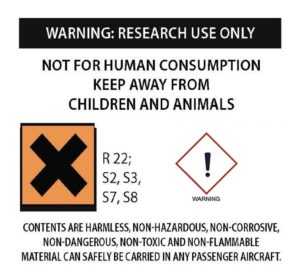
This product is only available to persons of 21 years old and above.
Hazard statement(s)
| H302 | Harmful if swallowed |
| H315 | Causes skin irritation |
| H319 | Causes serious eye irritation |
| H332 | Harmful if inhaled |
| H335 | cause respiratory irritation |
| H336 | cause drowsiness or dizziness |
| Precautionary statement(s) | |
| P264 | Wash hands thoroughly after handling |
| P280 | protective gloves/protective clothing/eye protection/face protection |
| P305 + P351 + P338 | IF IN EYES: Rinse cautiously with for several minutes. Remove contact lenses, if present and easy to do. Continue rinsing. |
| P337 + P313 | If eye irritation persists: Get medical advice/attention |
| P261 | Avoid breathing dust/ fume/ gas/ mist/ vapors/ spray |
| P271 | Use only outdoors or in a well-ventilated area |
| P304 + P340 | IF INHALED: Remove victim to fresh air and keep at rest in a position comfortable for breathing |
| P312 | Call a POISON CENTER or doctor/physician if you feel unwell |
| P403 + P233 | Store in a well-ventilated place. Keep container tightly closed |
| P405 | Store locked up |
| P501 | Dispose of contents/container to a licensed disposal company |

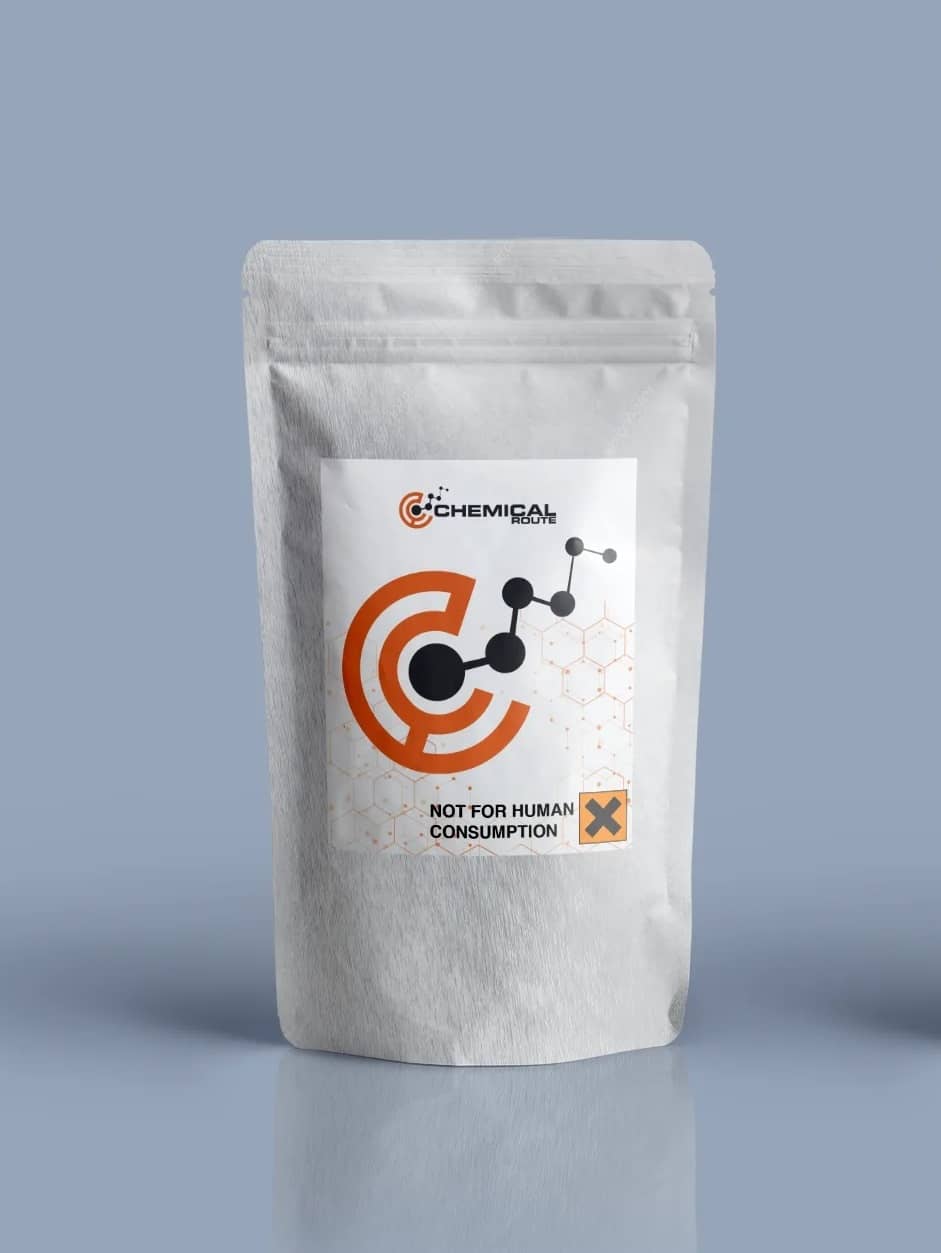
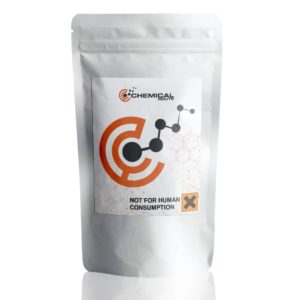
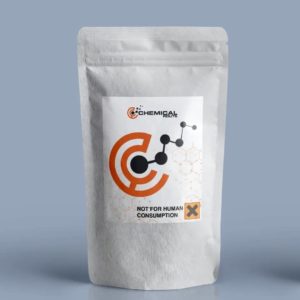
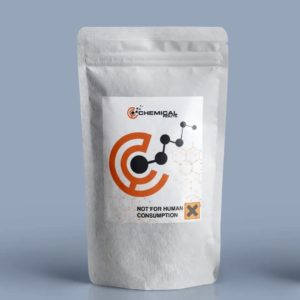
Reviews
There are no reviews yet.